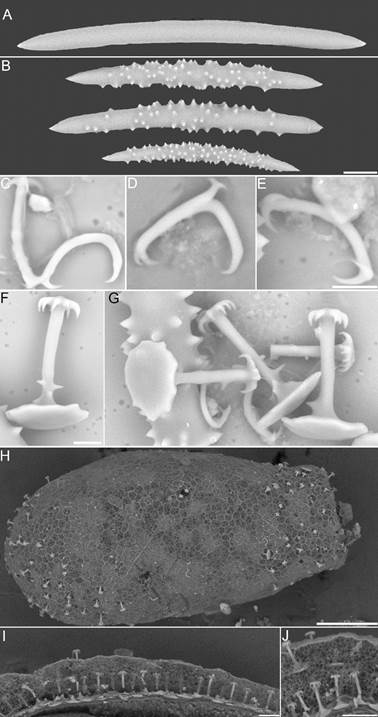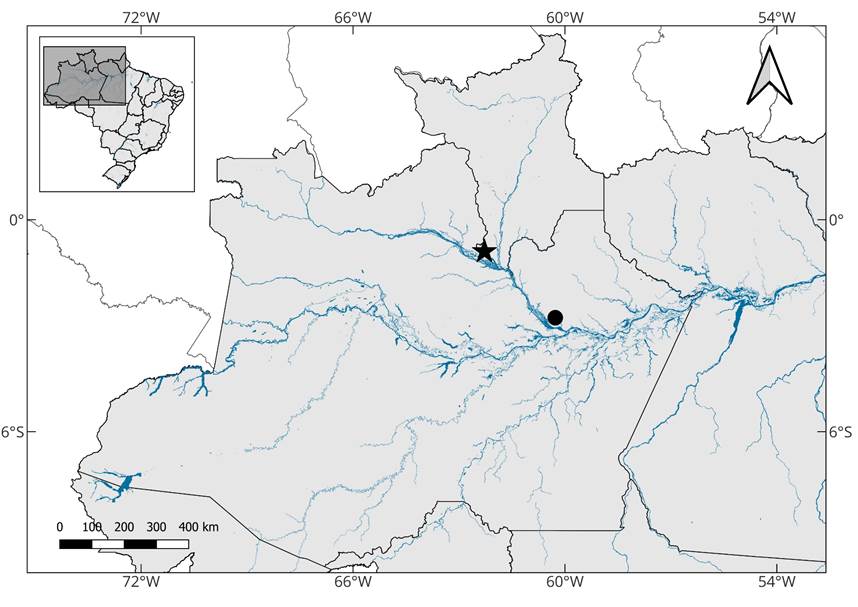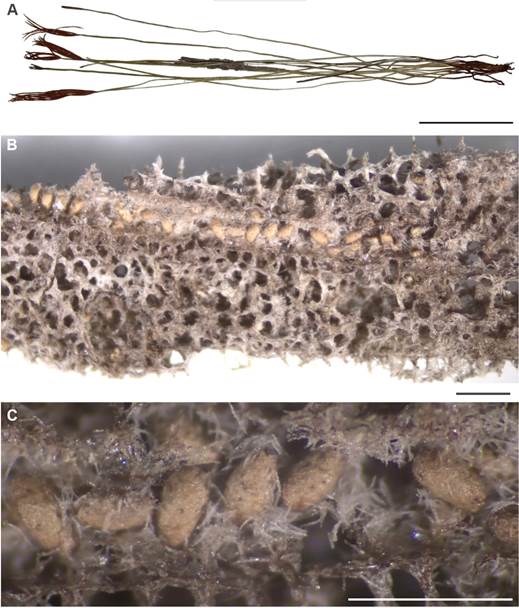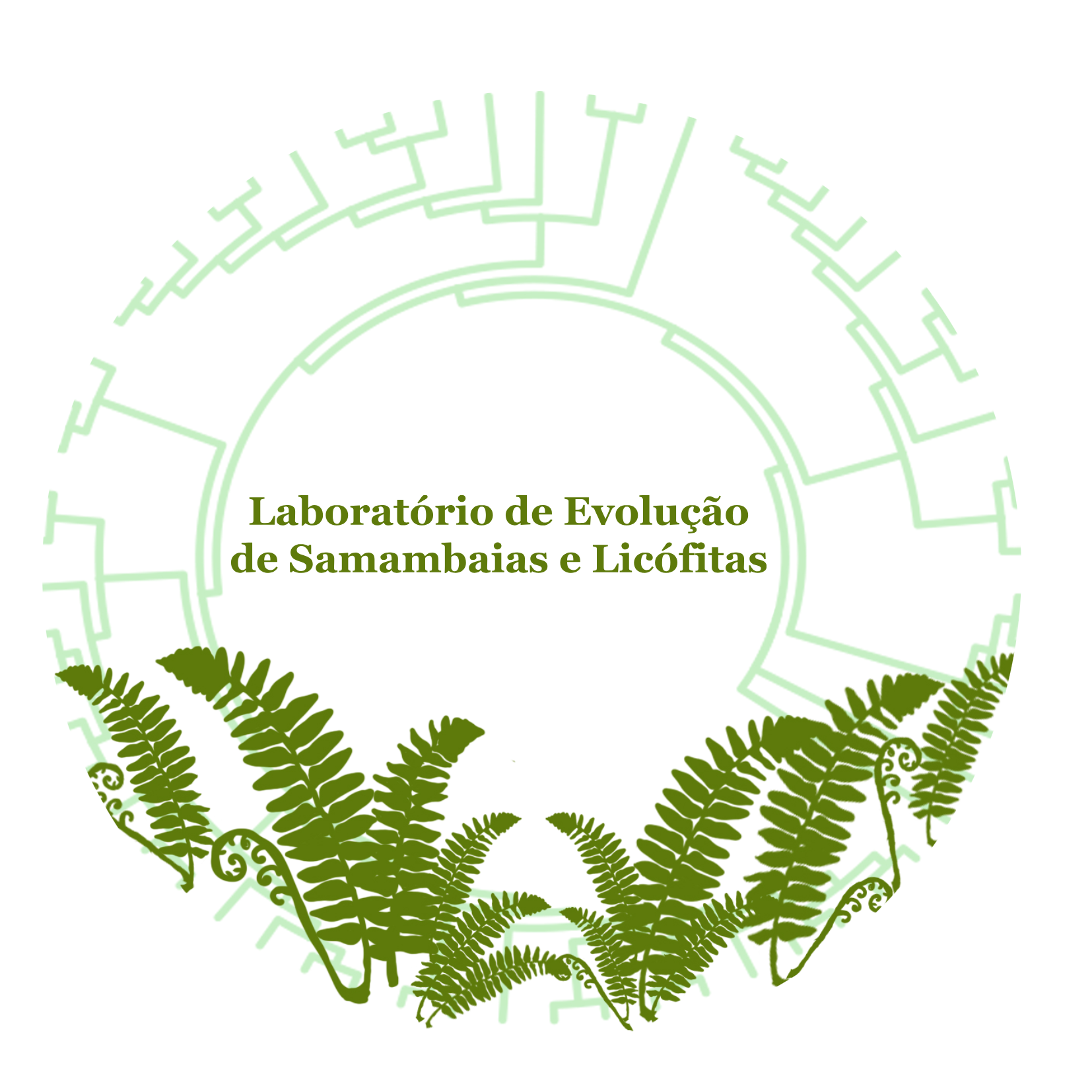
Fern and Lycophyte Evolution Lab
Federal University of Pernambuco | Evolutionary Biology | Ferns and Lycophytes

Federal University of Pernambuco | Evolutionary Biology | Ferns and Lycophytes
Journal: Journal of Biogeography (2024)
Abstract: Test the floristic structure of fern and lycophyte in the Northeastern Atlantic Forest based on the two sub-regions of endemism, (1) montane inland wet forests and (2) Coastal Forests. Northeastern Brazil's Atlantic Forest, particularly the Coastal and Montane inland wet forests. Floristic composition was compiled from GBIF data, and environmental data were extracted from rasters for 57 forest remnants. PCA analyses were carried out to assess environmental structuring, NMDS to test floristic dissimilarity, and generalised dissimilarity modelling (GDM) to examine environmental effects on community distribution. Clusters were formed by K-means, and statistical analyses such as PERMANOVA and ANOSIM were carried out to test the significance of the results. A total of 307 species were recorded, 93.2% of which were ferns and 6.8% lycophytes. The floristic composition showed 71.6% of species shared between both sub-regions. PCA displayed significant environmental differences between montane inland wet forests and coastal forests, but NMDS did not indicate any separation in floristic composition. However, the clusters identified by K-means were highly significant (R = 0.445), in contrast to the groupings of the sub-regions (R = 0.124). GDM explained 78.8% of the distribution pattern, and its cluster classification revealed no clear structure between NAF sub-regions. Additionally, GDM highlighted variables such as geographic distance, cloud cover, rainfall, silt content and soil pH as determinants of the communities. Despite differences in environmental factors between montane inland wet forests and coastal forests, the floristic composition of ferns and lycophytes does not reflect this separation, suggesting that historical biogeography and long-distance dispersal facilitate high connectivity between these sub-regions.
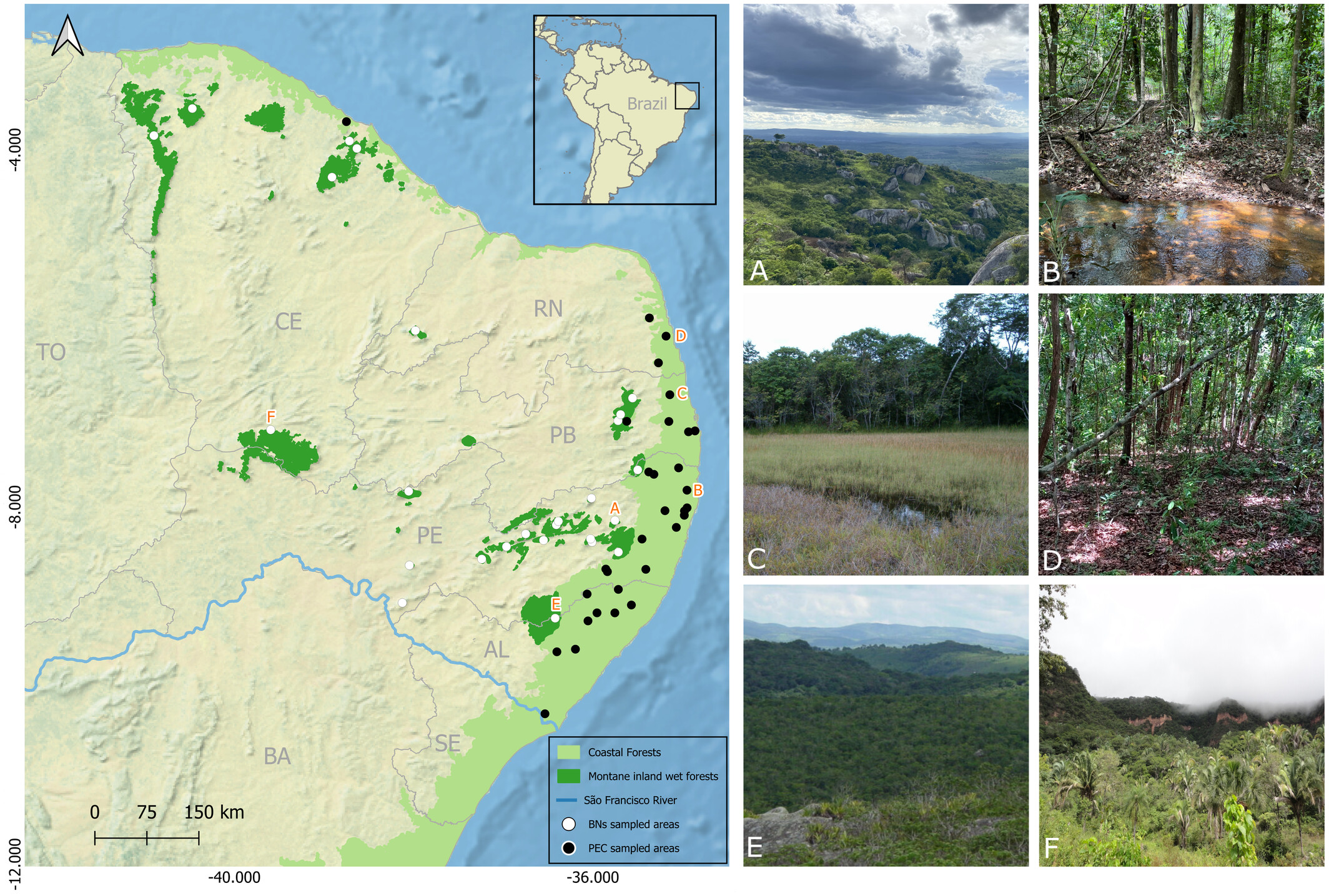
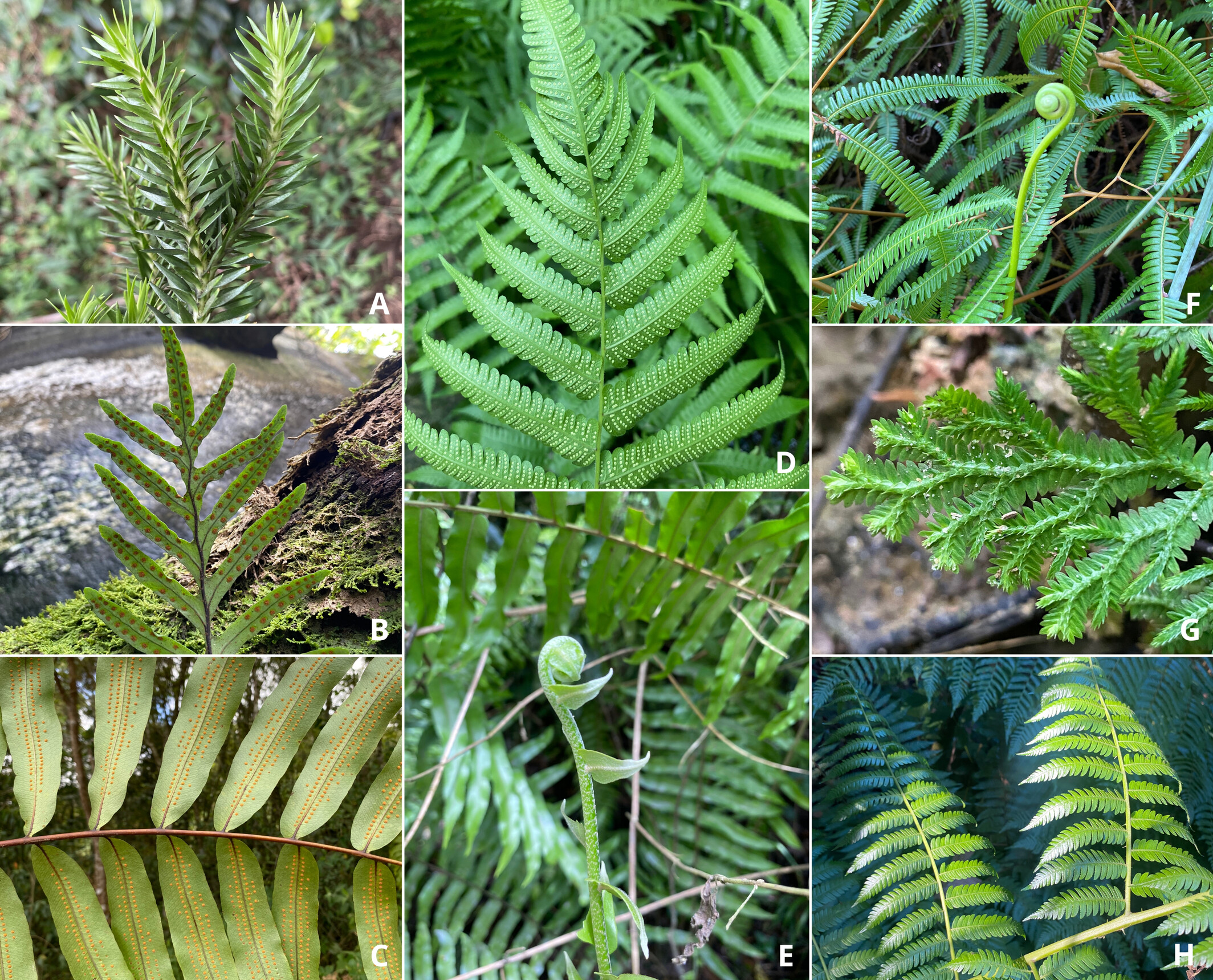
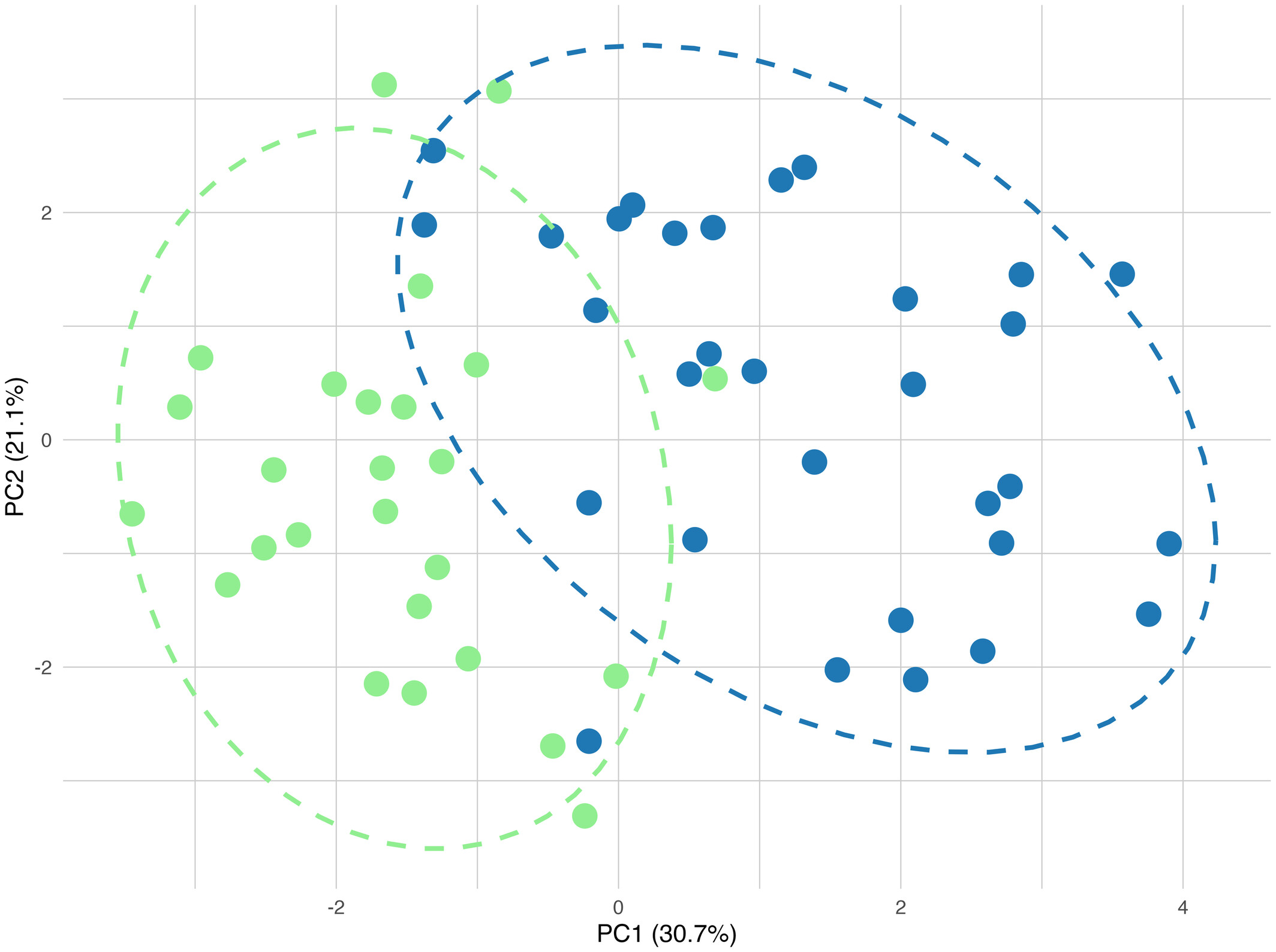
Journal: Acta Amazonica (2025)
Abstract: This study presents the second record of Metania kiliani (Porifera: Metaniidae) three decades after its description in 1992. The sponge was found on a herbarium specimen of the terrestrial fern Actinostachys pennula (Schizaeaceae), which is typically known to be absent from flooded environments. As sponges need at least some weeks to establish themselves on a support, this first record of a freshwater sponge on this fern suggests that A. pennula can withstand prolonged submergence. This is the first record of M. kiliani for the state of Roraima, Brazil.
